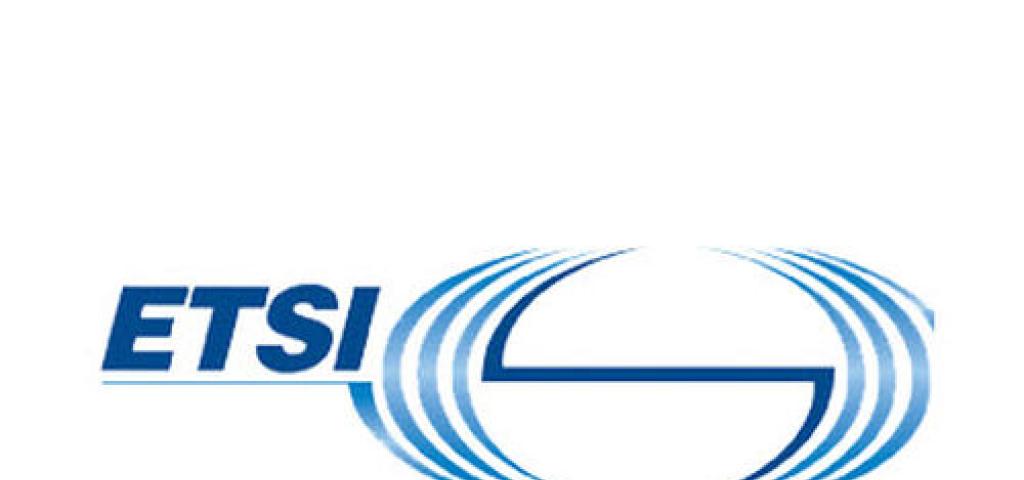
Key takeaways from ETSI NFV meeting #12

I recently returned from the ETSI NFV Meeting #12 hosted by Verizon, Intel and Ericsson. The venue was the beautiful Jersey City, New Jersey, sitting right across the Hudson river from downtown Manhattan, New York. It was a terrific venue for me – in my own time zone and only one airport hop away! I couldn’t be happier.
Beside the simple pleasures of easy travel though, this meeting was one of the most memorable NFV sessions yet, for two reasons. One, the agenda for the week was chock full of important sessions covering some truly pressing issues for the NFV community:
- What features will be the main focus for NFV in 2016? How will these be selected? Who will be making the decisions?
- What role should the ETSI NFV community take in pushing specifications to the next level of detail, a.k.a. “Stage 3” specifications? Should ETSI throw its support behind existing open source projects, and formally endorse them? Should ETSI NFV start its own coding work?
- Should the scope of SDN in ETSI NFV be expanded? Should the ETSI NFV architectural framework be extended, defining the SDN Controller, Application and Resources? What new SDN interfaces should be added to the Interfaces and Architecture Group (IFA) work item list?
- Can some of the huge work load of the IFA team be delayed, re-scoped or postponed?
These sessions featured many impassioned speakers voicing their opinion on these topics. There were extensive discussions, many Q&A opportunities, and everyone was given the liberty to present their views. Ultimately, the leadership team received the input they were looking for, and the way has been paved for formal recommendations and decisions at NFV #13 in 2016. Note that all of this was in addition to the usual technical discussions and reviews of new contributions that occur during these meetings – the main work of the ETSI NFV community.
The second reason that this meeting was particularly memorable was that Wind River was invited to present and demonstrate our Titanium Server NFV software platform at this event. Over the course of the week, we performed countless demonstrations of our Carrier Grade features and the explained the basis of our Open Standards-based architecture. We talked about our high performance DPDK Accelerated vSwitch, and we showcased our near real-time virtualization capabilities. The response we received was overwhelmingly positive, and the depth of technical engagement unprecedented! This audience is second to none when it comes to understanding NFV requirements, so many of our unique strengths were readily understood and appreciated. A few of my peers walked away very impressed, wanting to learn more! It was particularly rewarding to be able to show off the product I’ve been working on for several years to the key experts in the NFV community that have paved the way for us.
My efforts in ETSI NFV over the next few weeks will now return to the normal, day to day work of teleconferences, authoring contributions and reviewing specifications….until the next NFV face to face meeting in February – I can’t wait to see what’s coming next!

